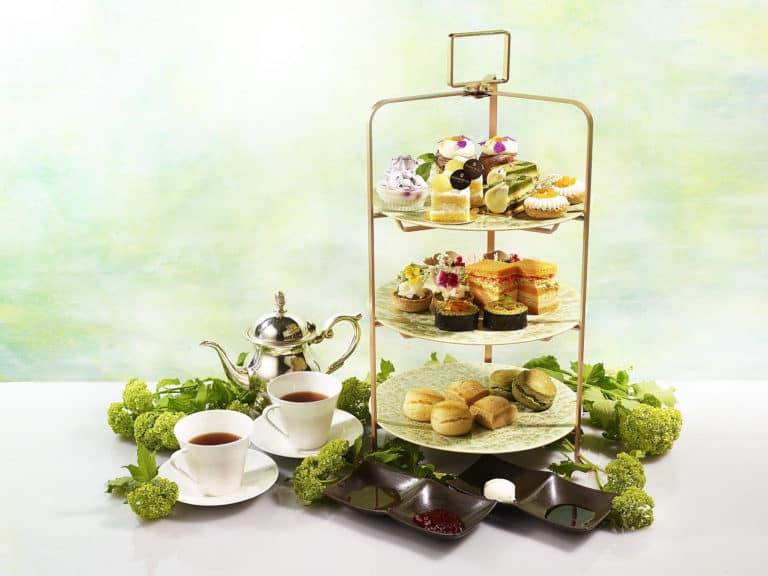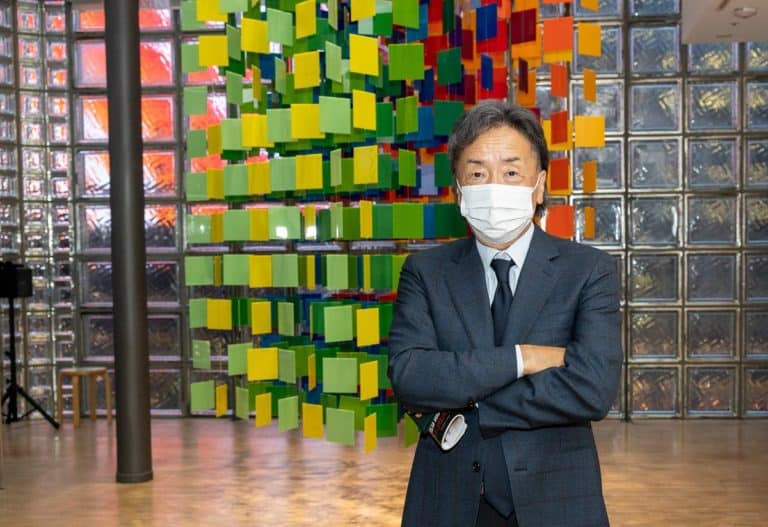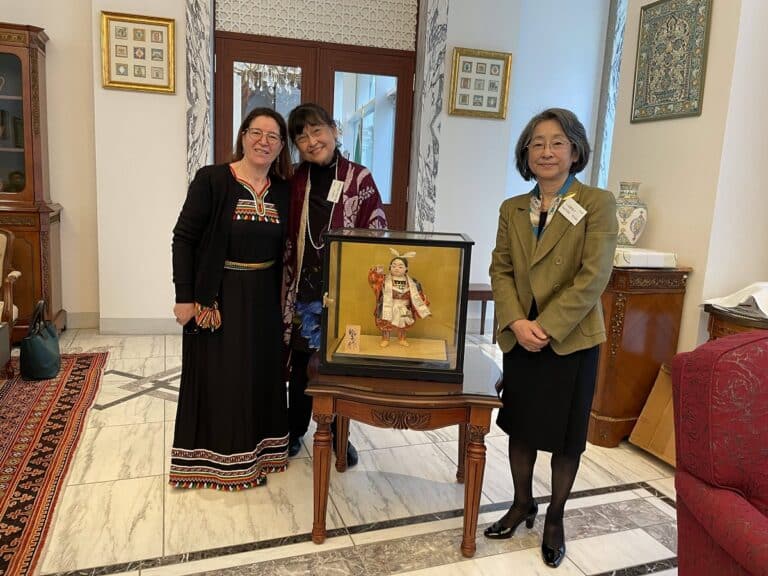The Power of Setouchi

The Kagawa Prefectural Museum’s “Special Exhibition” – The Power of Setouchi Revealed Through Its Scenery: The Resonance of Nature, History and People
The current Setouchi Triennale 2022 Participating Exhibition is titled “The Power of Setouchi Revealed Through Its Scenery: The Resonance of Nature, History and People.” It’s a very impressive exhibition that is well worth a visit for those interested in the region and in Japanese history.
Naoshima Island, Takamatsu, and the capital city of Kagawa Prefecture, where the Setouchi International Art Festival will be held, are surrounded by the stunning Seto Inland Sea, which is the largest inland sea in Japan, and includes more than 700 islands. The area is renowned for its natural beauty and Setouchi has a rich history, including the migration of people in and out of the city and the Battle of Yashima during the Genpei War in the Twelfth Century.

In this exhibition, the Seto Inland Sea is divided into the five following themes: utopia, nature, lifestyle, famous places, and the present day and the future. The exhibits cover various eras of the Seto Inland Sea from the Middle Ages to the present day.
Among the exhibits, three works from the “Shidoji Enki: The History of The Origin of Shido Temple” series, “Miiki no Enki”, “Sanshu Shido Dojo Enkiichi”, and “Sanshu Shido Dojo Enkiji” have attracted particular attention.
“Sanshu Shido Dojo Enki” tells the story of Fujiwara Fuhito’s younger sister, who marries the Emperor of Tang. When she attempts to send a jewel to Japan to commemorate her father, Fujiwara Kamatari, the ship carrying the jewel is destroyed in a storm at Shidonoura, and the jewel is stolen by the dragon god Ryujin.

Later in the story, Fujiwara Fuhito takes Ama as his wife and intends to recapture the stolen jewel. Ama then travels to Ryugu and asks her son to be the heir of the Fujiwara clan. Eventually, Ama manages to reclaim the jewel, but at the cost of her own life. According to the legend, Fuhi built a tomb and the Shidoji Temple in memory of his wife who lost her life.
The exhibit has been designated an important cultural artifact, and a replica has been on display at the Kagawa Prefectural Museum for some time. However, the artifact has now been restored to its original beauty. The depiction of the Seto Inland Sea is stormy, while the depiction of Fujiwara Fuhito’s sister is demure, which makes for an exquisite contrast thanks to the combination of delicacy and agitation. Initially, when Fuhi lost his wife, he named the temple Shido Dojyo-Death Temple. Later, it is said that his son, Fujiwara Fusamae, built another temple, together with Gyoki, in place of the old one, and changed the name “Shido Dojyo Death temple”’ to “Shidoji”’.
The Ajiro Diary is also an impressive exhibit that depicts Japanese sea lions, which became extinct in the 1970s. It isn’t clear how Utagawa Hiroshige was able to paint the area where the sea lions lived, which was a protected area. However, perhaps in order not to reveal that he actually visited, the composition is very ingenious and the work itself is spectacular.

The exhibition serves as an excellent reminder that this area also contains the Shikoku Pilgrimage route, which features 88 temples. The area is related to Kukai and also contains the Takamatsu Castle, which is the home of the Matsudaira family.
As far as we are aware, there is no other exhibition that depicts legends relating to the Seto Inland Sea that is based on solid composition. The exhibition remains open until November 6th and is a must-see for anyone interested in Japanese history, art and culture.
If you happen to miss it, please contact the Kagawa Prefectural Museum to purchase the catalog for this exhibition, where you will be able to read about the legends of the Seto Inland Sea and the works that depict them.
Following this exhibition, the Kagawa Prefectural Museum will hold another exhibition: “Yorishige Matsudaira, Lord of the Takamatsu Domain, 400th Anniversary Exhibition II: Yorishige, Temples and Shrines.” There will also be an exhibition commemorating the 1250th anniversary of Kukai’s birth next year, which is not to be missed.
Read more:











